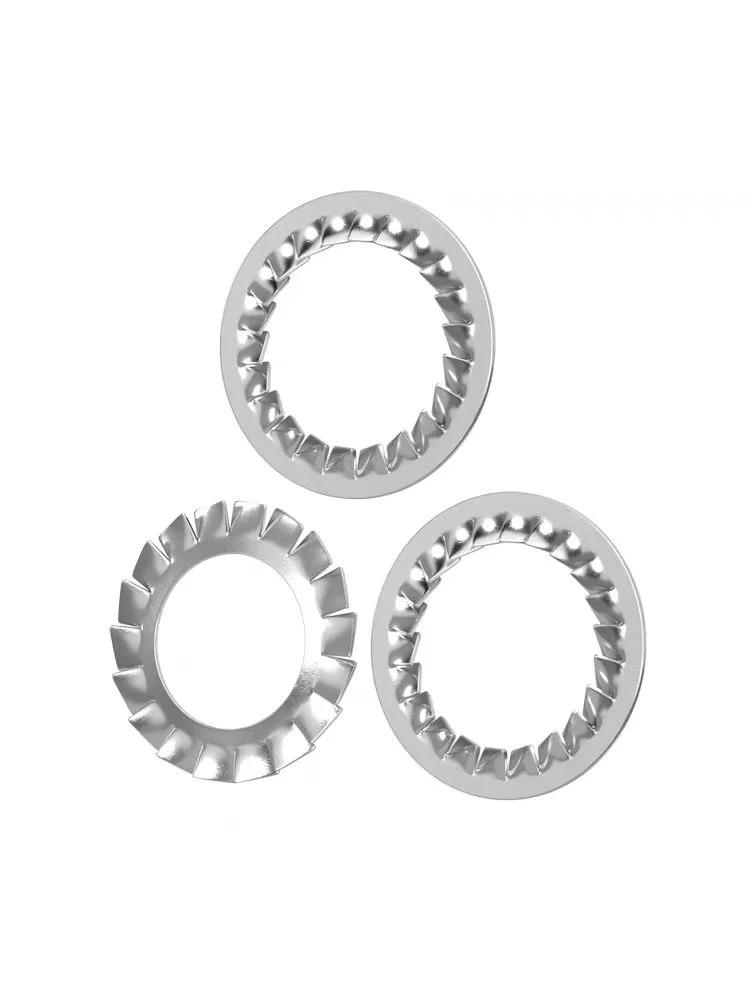

hexagonal rivet nut
Nov . 22, 2024 17:36 Back to list
hexagonal rivet nut
Understanding Hexagonal Rivet Nuts A Comprehensive Guide
Hexagonal rivet nuts are a significant component in the fastener industry, known for their versatility and durability. They are a type of nut that is installed into a pre-drilled hole and utilizes a unique design to create a secure connection in various materials. This article explores the features, applications, installation processes, and benefits of hexagonal rivet nuts, catering to both novices and professionals in the field.
What Are Hexagonal Rivet Nuts?
Hexagonal rivet nuts, also known as insert nuts or threaded inserts, have a hexagonal shape that allows them to be securely fastened in place. Typically made from materials such as steel, stainless steel, or aluminum, these nuts consist of a cylindrical body with internal threading. The hexagonal shape provides a larger surface area for gripping, making them ideal for applications requiring additional strength.
Key Features
1. Design The hexagonal design allows for better grip under high torque applications, minimizing the risk of slippage during installation.
2. Material Variety Hexagonal rivet nuts come in various materials, offering options for different strengths and corrosion resistances, depending on the needs of the application.
3. Versatile Applications Suitable for use in thin-walled or brittle materials, such as plastics, composites, or lightweight metals, hexagonal rivet nuts are widely adopted across diverse industries, including automotive, aerospace, and electronics.
4. Thread Type They are available in different thread sizes, making it easy to select the appropriate nut for specific bolts or screws.
Applications of Hexagonal Rivet Nuts
Hexagonal rivet nuts have numerous applications across a range of industries. Some of the most common include
- Automotive Industry Used in vehicle assembly to provide strong and reliable fastening solutions for various components, including body panels and structural elements.
- Aerospace Crucial for lightweight aircraft parts, where reducing weight while maintaining structural integrity is paramount.
- Electronics Employed in electronic enclosures where secure assembly is critical for protection and functionality.
- Manufacturing Vital in machinery where robust connections are necessary to withstand vibration and mechanical stresses.
hexagonal rivet nut

The Installation Process
Installing hexagonal rivet nuts is a straightforward process that can be achieved with minimal tools. Here’s a step-by-step guide
1. Select the Right Sized Hole The hole must be the correct size for the rivet nut being used. A drill bit or hole punch can be utilized to create the necessary opening.
2. Insert the Rivet Nut Place the rivet nut into the drilled hole. Ensure that it is flush with the surface of the material.
3. Apply Tooling Pressure Using a rivet nut tool, apply pressure to the rivet nut. The tool compresses the nut's body, causing it to expand and grip the material tightly.
4. Tighten the Fastener Once the nut is securely in place, threads inside the nut can accommodate a bolt or screw, providing a strong and reliable fastening solution.
5. Verify Stability After installation, test the connection to ensure it is secure and has no play, which could lead to failure during usage.
Benefits of Hexagonal Rivet Nuts
The advantages of using hexagonal rivet nuts are manifold
- Strength and Stability They create a solid and secure connection that can withstand considerable stress and torque.
- Flexibility Their ability to be used in various materials makes them a versatile choice for numerous applications.
- Ease of Installation The installation process is user-friendly and does not require extensive training or specialized tools, making them suitable even for DIY projects.
- Cost-Effective With their strength and reliability, hexagonal rivet nuts can reduce the need for more expensive fastening methods, saving on overall project costs.
Conclusion
Hexagonal rivet nuts are an essential component in many industries, prized for their strength, flexibility, and ease of installation. Understanding their features, applications, and installation process allows engineers and hobbyists alike to leverage their advantages effectively. As technology advances, the demand for reliable and robust fastening solutions like hexagonal rivet nuts is likely to continue growing, ensuring they remain a staple in mechanical assembly and design.
Latest news
-
Hot Dip Galvanized Bolts-About LongZe|High Strength, Corrosion Resistance
NewsJul.30,2025
-
High-Strength Hot Dip Galvanized Bolts - Hebei Longze | Corrosion Resistance, Customization
NewsJul.30,2025
-
Hot Dip Galvanized Bolts-Hebei Longze|Corrosion Resistance&High Strength
NewsJul.30,2025
-
High-Strength Hot-Dip Galvanized Bolts-Hebei Longze|Corrosion Resistance&High Strength
NewsJul.30,2025
-
Hot Dip Galvanized Bolts-Hebei Longze|Corrosion Resistance&High Strength
NewsJul.30,2025
-
Hot Dip Galvanized Bolts - Hebei Longze | Corrosion Resistance, High Strength
NewsJul.30,2025

